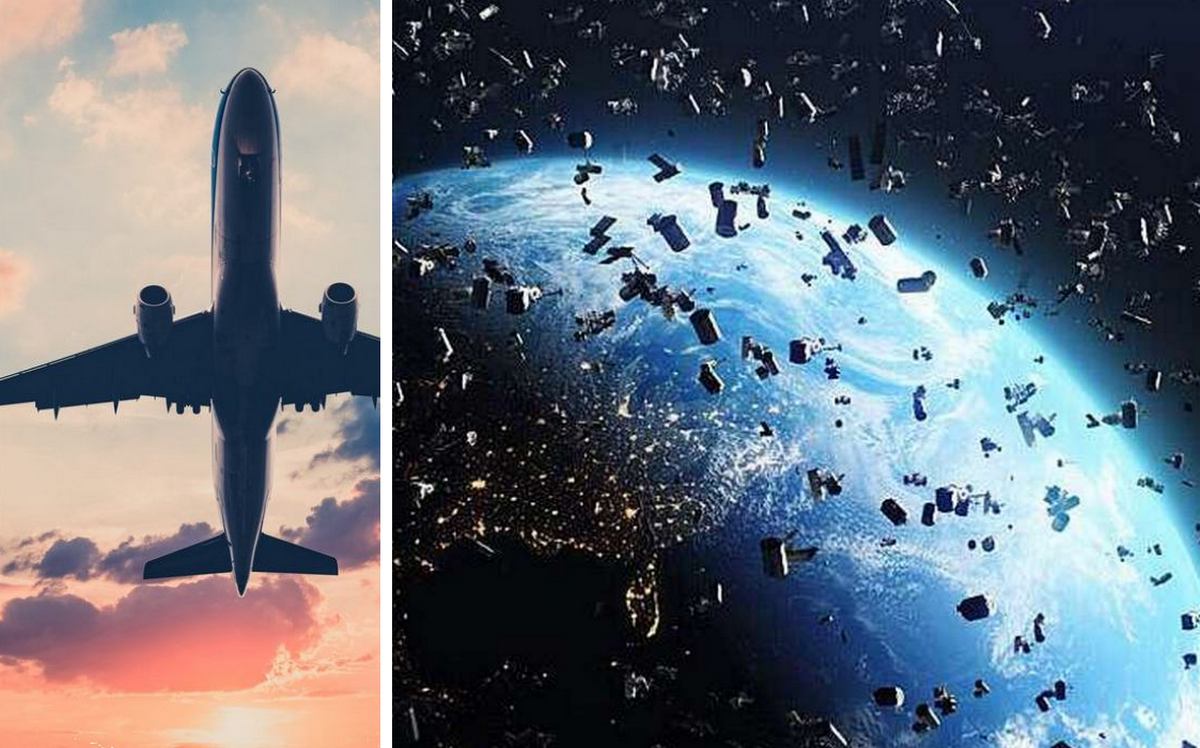The vacation of European travelers at the weekend may be spoiled by the fall of fragments of a Chinese rocket, which is expected to land on the territory of the most popular tourist countries.
Its landing place depends on where it will re-enter the Earth’s atmosphere. According to analysts’ calculations, Spain, Portugal, France, and Italy are at risk. The Civil Aviation Authority issued a corresponding warning, The Sun reported.
Chinese space debris could hit flights carrying tourists in Europe, which has been plagued by chaos at airports this season, with mass flight cancellations due to staff shortages and strikes by workers left on the job. “The European Union Space Surveillance and Tracking (EU SST) Consortium is guiding the large space rocket and estimates that it will re-enter Earth’s atmosphere between Saturday 30 and Sunday 31 July. The potential re-entry route could affect flights scheduled via Bulgaria, France, Greece, Italy, Malta, Portugal, and Spain. Operators are advised to carefully monitor the situation,” the message read.
The rocket was launched on Saturday, July 24, and is the second module of China’s Tiangong Modular Space Station. It said the space mission was a success, but the rocket weighs about 23 tons and is one of the “largest pieces of debris that have re-entered the atmosphere in the past.”
Experts believe that space debris will land directly in the sea because oceans cover most of the earth’s surface. But it is not excluded that it may fall on a populated area and enter the Earth’s atmosphere at an altitude of 80 km.
“However, these predictions are subject to uncertainty, as the object is not controlled, and a more accurate assessment will be possible only a few hours before the actual re-entry into the atmosphere. Operations centers will continue to carry out analyzes to get the best possible estimate of the expected location and time of re-entry,” the EU security service said and warned it would continue to monitor the situation and some flights could be disrupted this weekend.
The missile can land in a wide swath covering Portugal, Spain, Greece, Bulgaria, Turkey, and parts of Latin America and Asia, where many resort areas and airports are located. Part of the rocket will burn up as gravity pulls it through the earth’s atmosphere, but the part will survive. For example, space debris expert Marlon Sorge predicted a rocket survival rate of “five to nine metric tons.”
In recent history, space debris has fallen close to people. If last year the debris of the rocket fell into the Indian Ocean, then in 2018 a “surprise from space” damaged buildings in Côte d’Ivoire. And Michael Byers, a political scientist from the University of British Columbia, found that developing countries are disproportionately exposed to the risk of falling space debris.
According to NASA, more than 27,000 pieces of space debris are currently tracked by the Defense Department’s Global Space Surveillance Network. The debris is outside the Earth’s atmosphere and is being tracked to avoid collisions with spacecraft.

